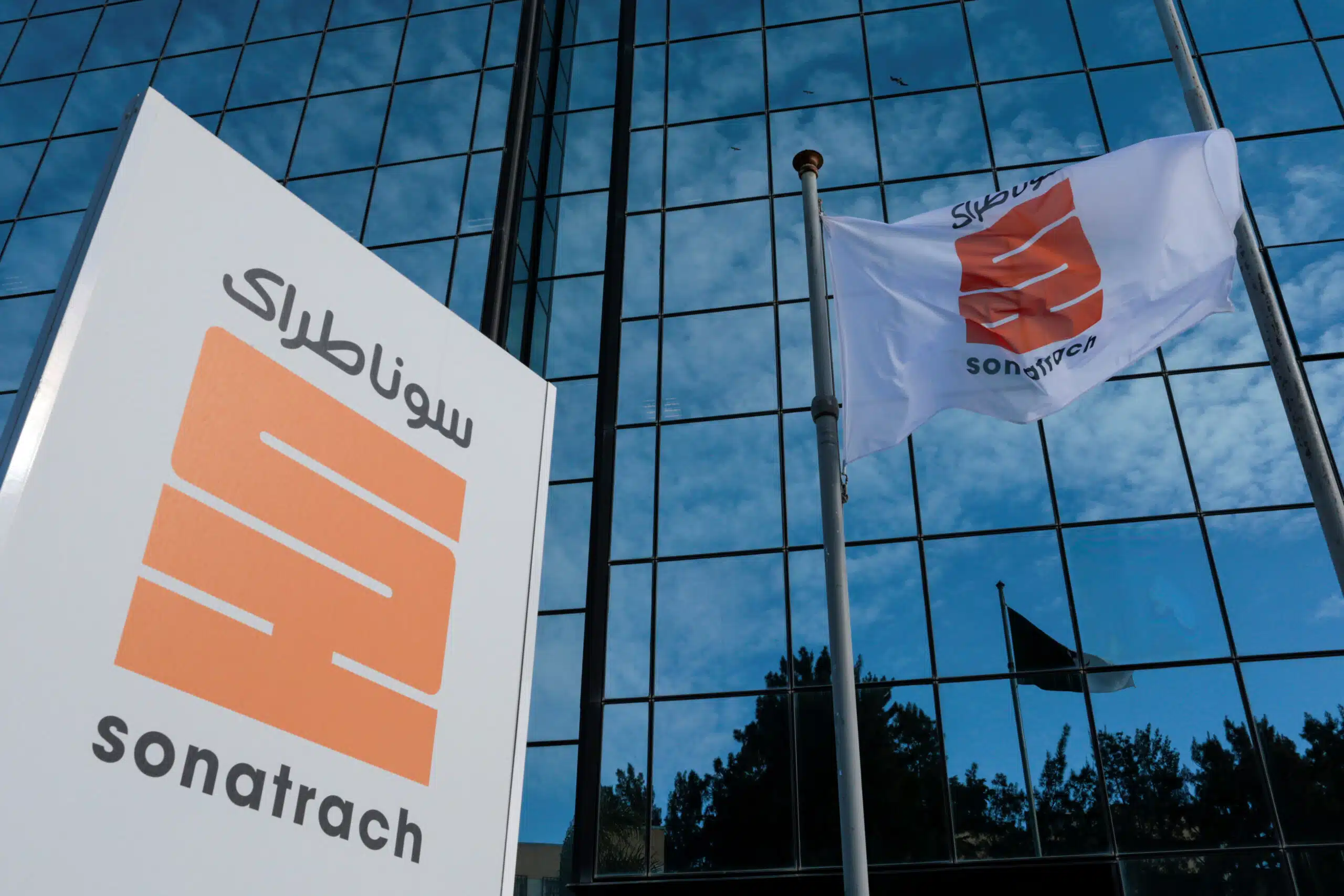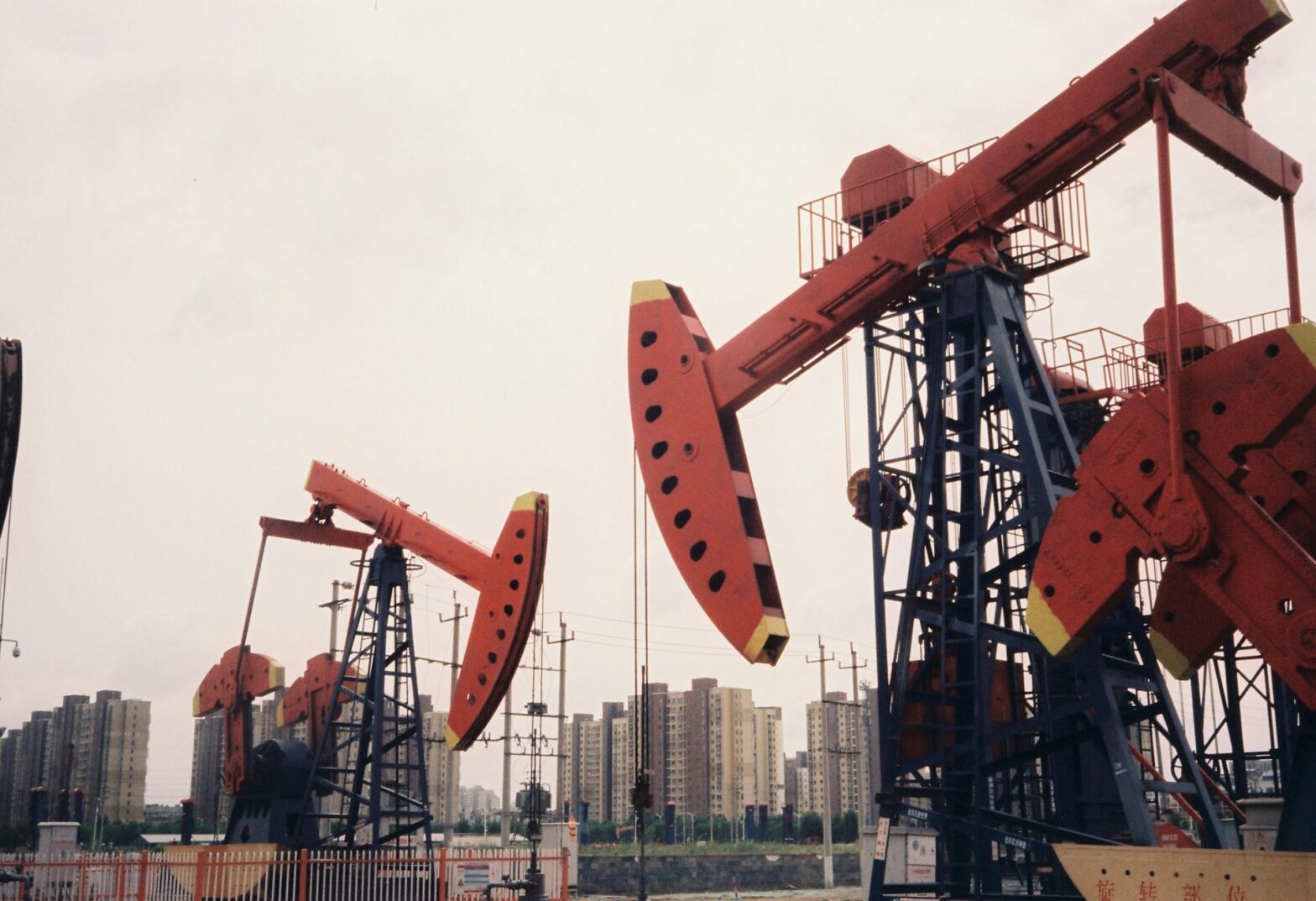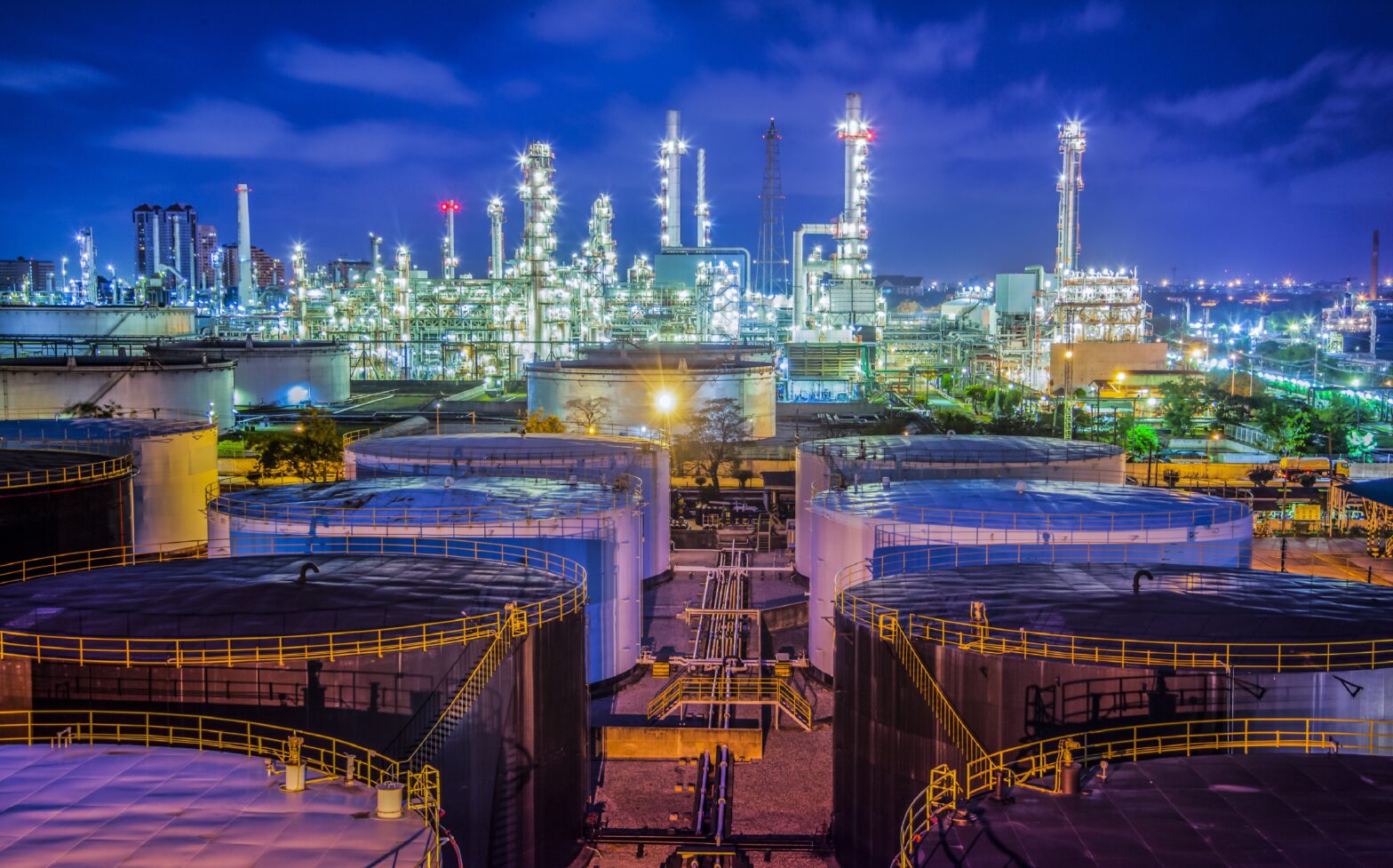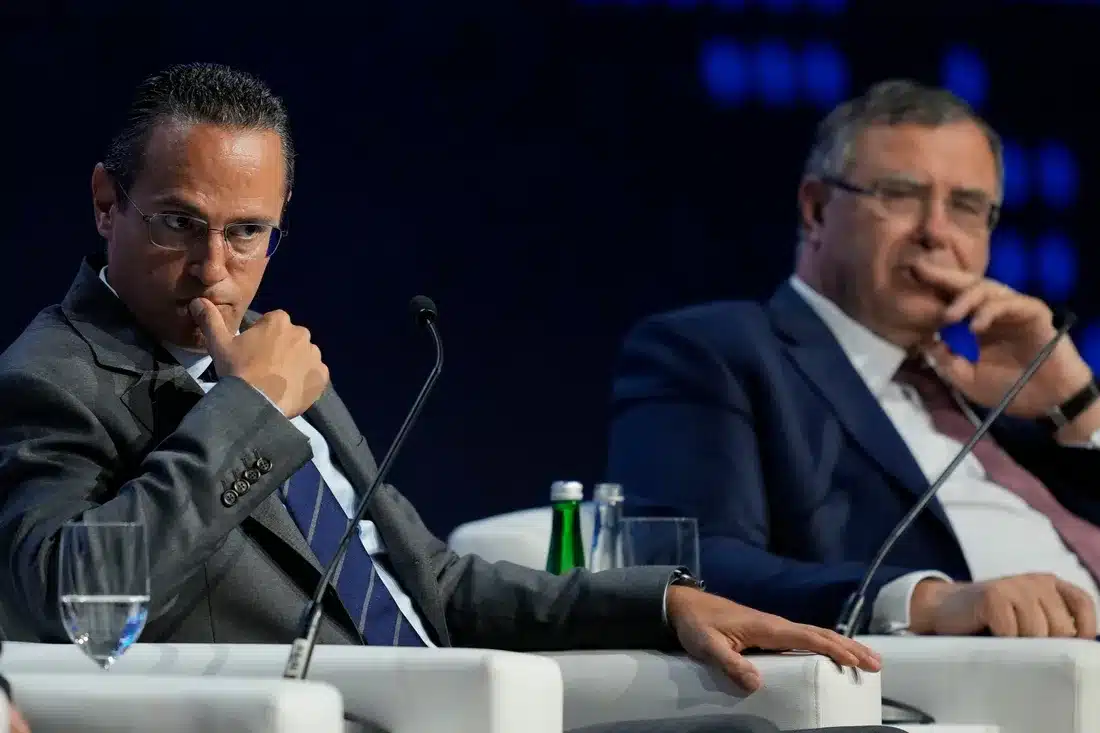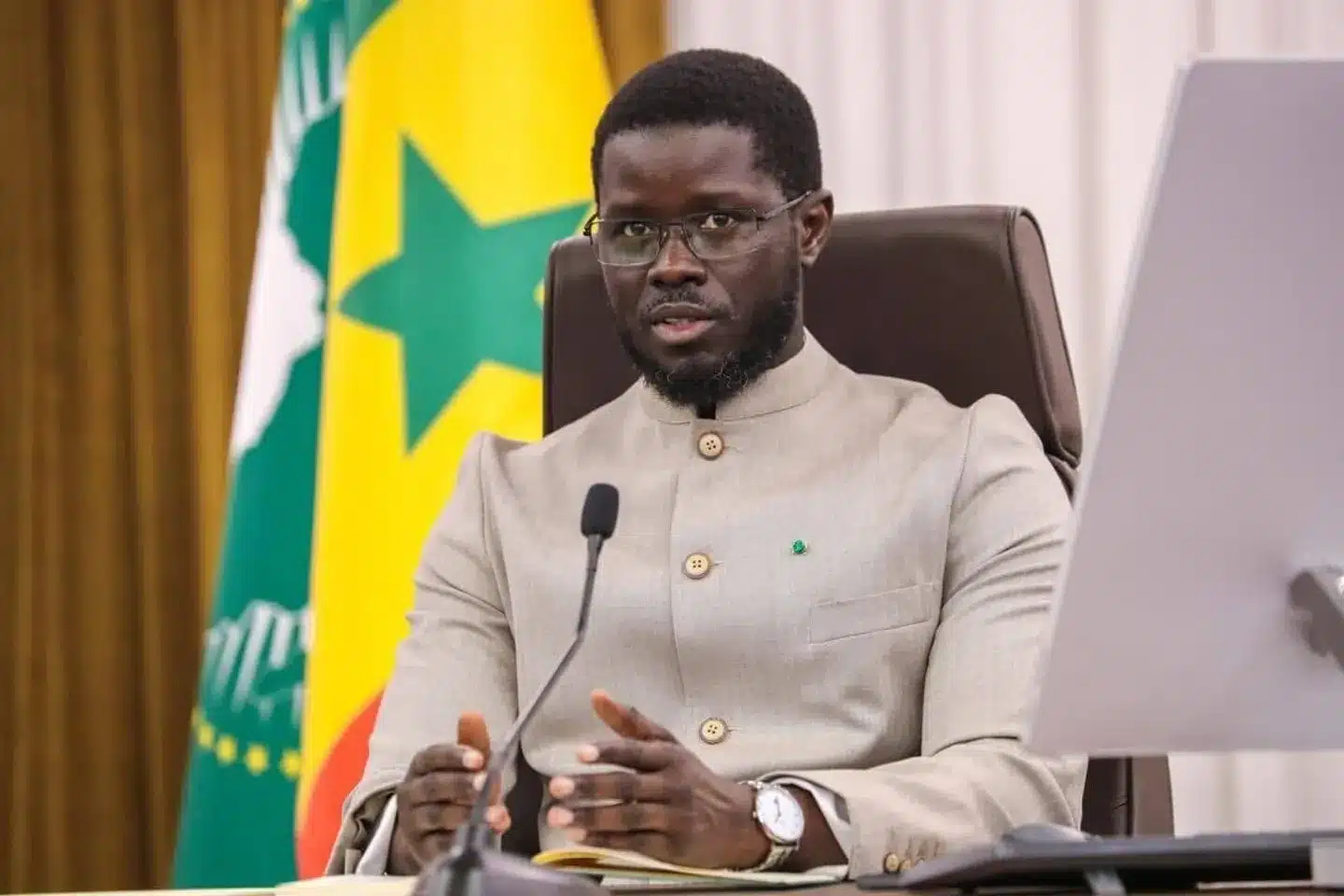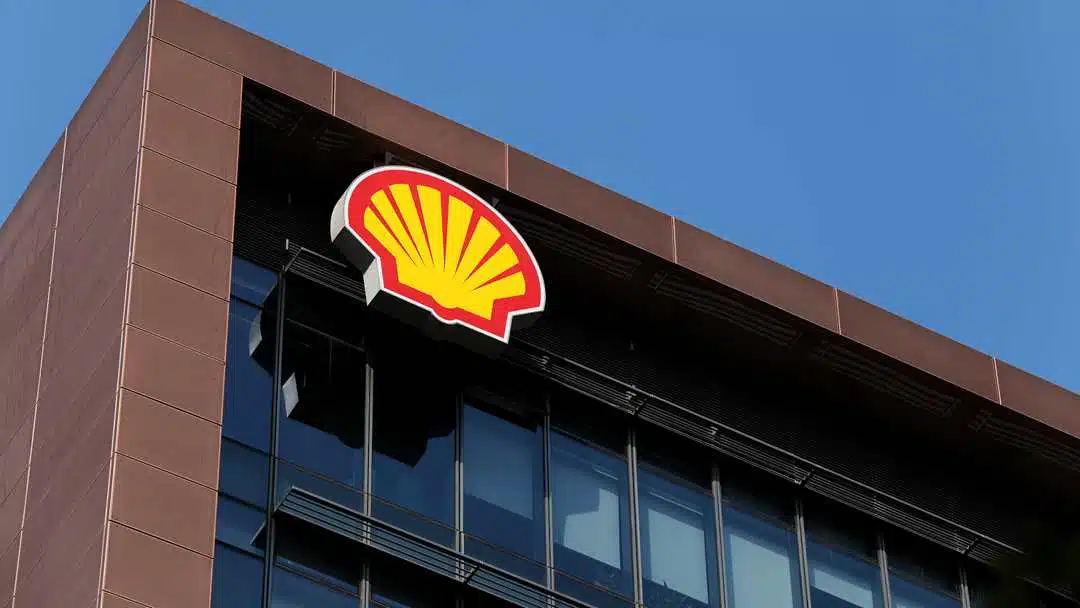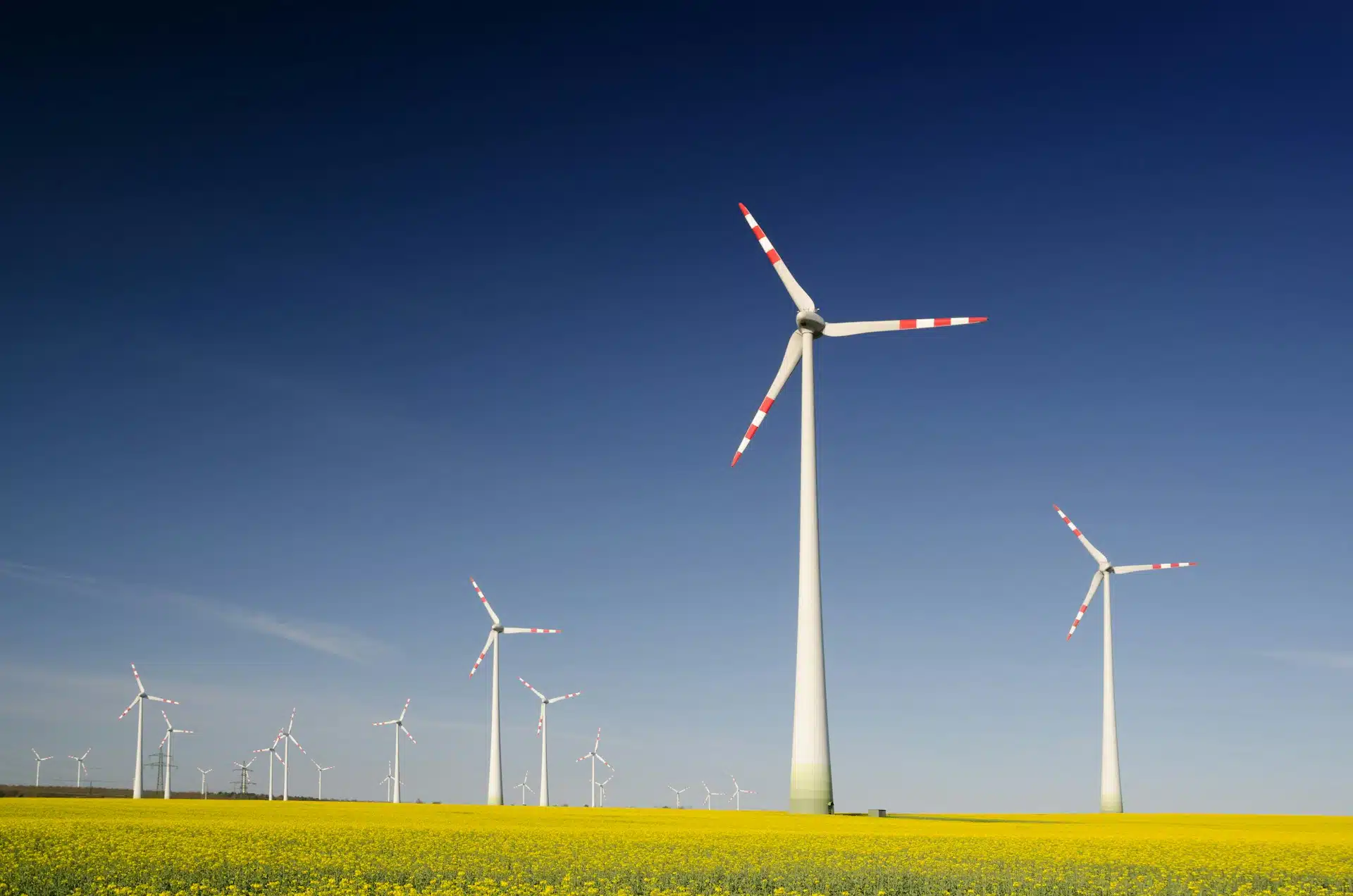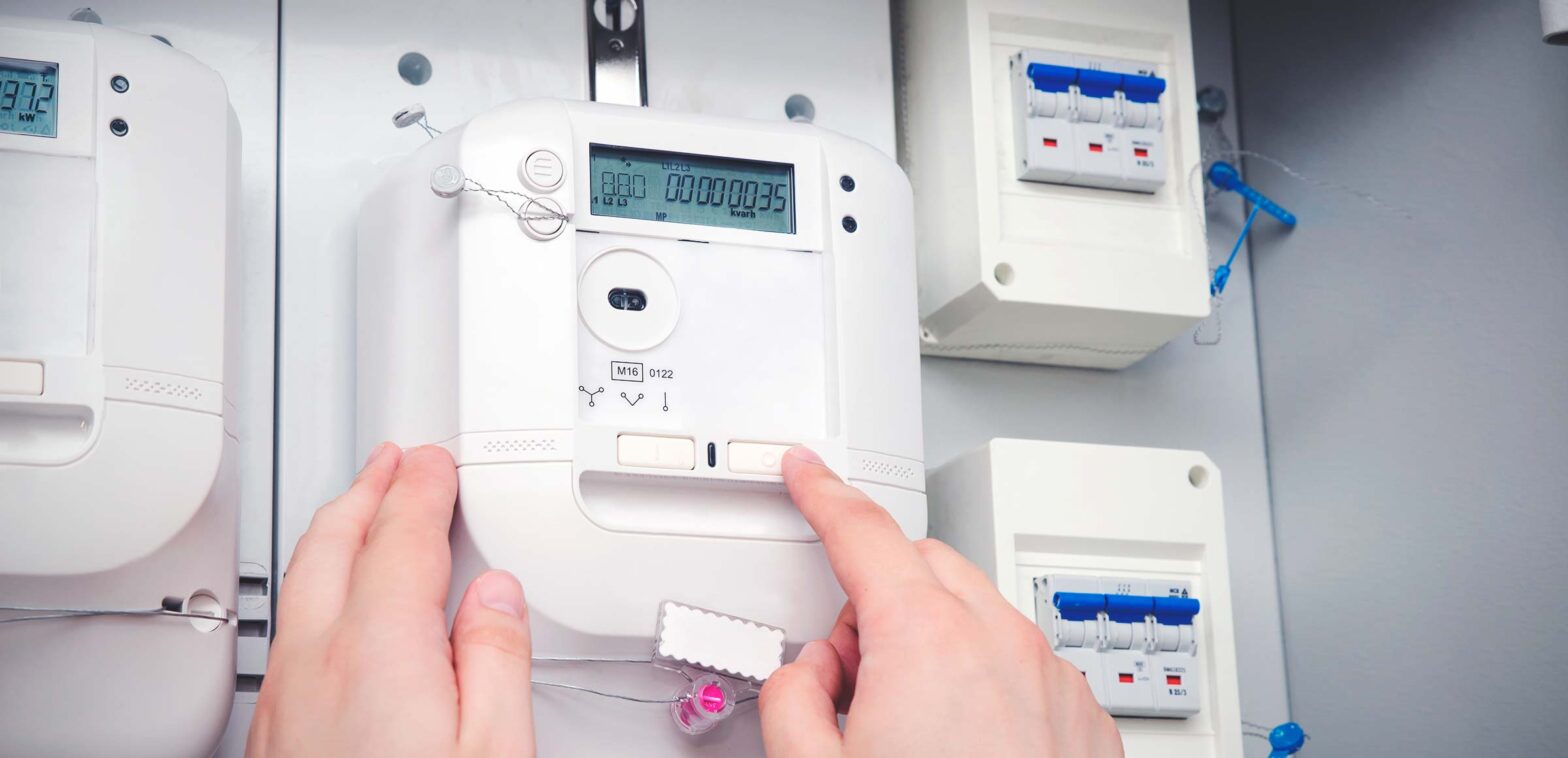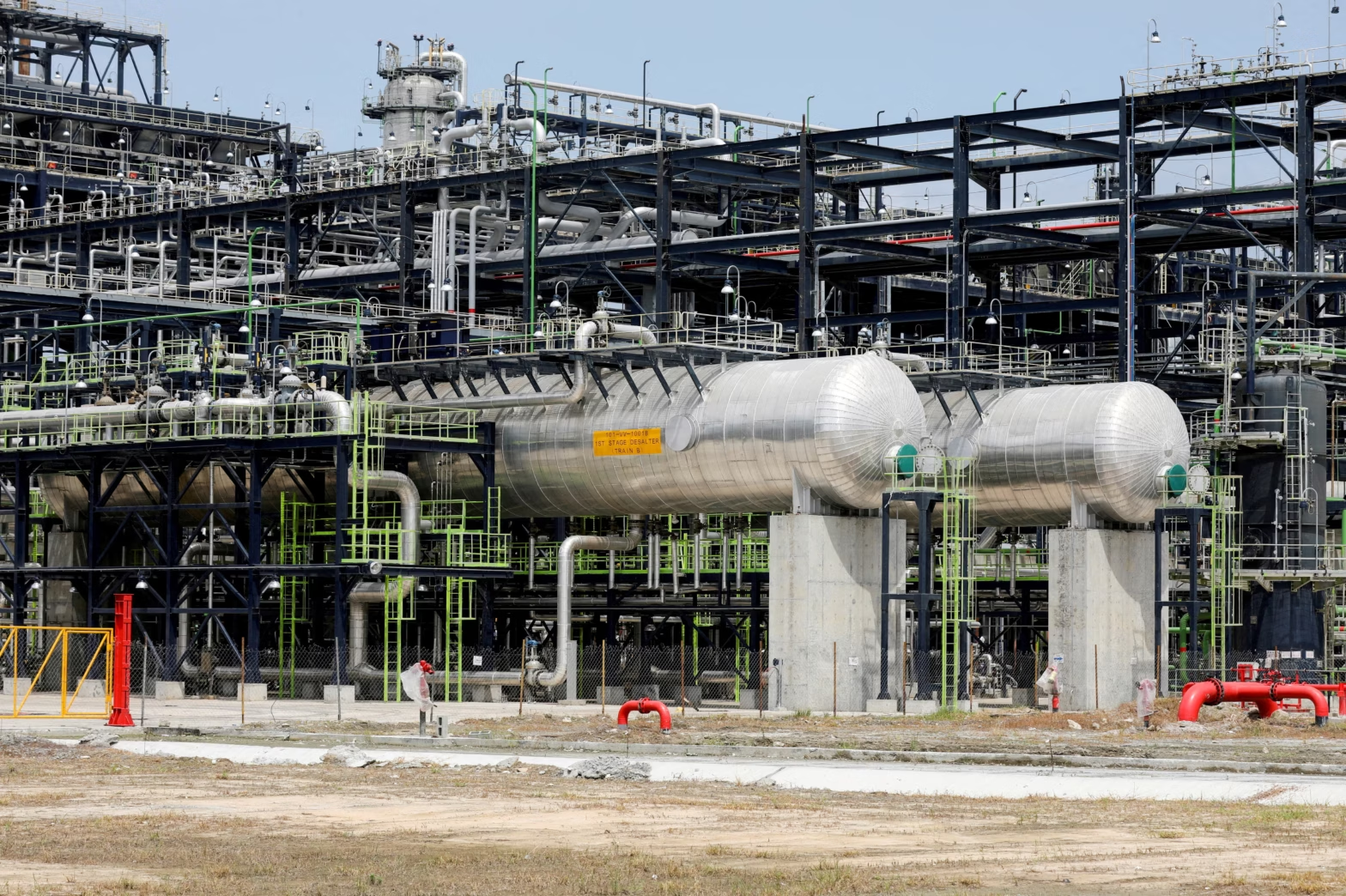Among the few Africa’s oil producing nations, Angola’s Sonatrach might be the most significant national oil company (NOC) on the continent.
Founded in 1963, Sonatrach is a 100% state-owned integrated oil and gas company.
Its operations span exploration, production, pipeline transportation, processing, and marketing of hydrocarbons and their derivatives.
It also holds significant national and international partnerships in the refining and distribution of petroleum products.
With a portfolio of over 150 subsidiaries, Sonatrach is frequently described as Africa’s largest oil company.
As of 2020, the company reported $23 billion in revenue and employed an estimated 200,000 people.
Given that petroleum contributes to over 90% of Algeria’s export earnings, it’s evident that Sonatrach is the backbone of the nation’s economy.
The country is also rich in unconventional resources, such as shale gas and tight gas.
While Algeria is more prominent as a gas producer and exporter, it has remained an OPEC member since 1969, with current crude oil production at around 1.1 million barrels per day (bpd).
In recent years, however, Sonatrach has begun turning its attention toward renewable energy, especially solar, as Algeria embarks on a strategic push to more than double its renewable power capacity.
This shift signals not just a diversification of energy sources, but a broader transformation in how the country plans to secure its energy future.
Why Sonatrach is diversifying now
As the world gradually transitions away from fossil fuels, Algeria understands that now is the best time to begin shifting toward sustainable energy sources.
And if any company is best positioned to lead this transition in a fossil-fuel-heavy economy like Algeria, it is Sonatrach—the industry’s most dominant player.
Given its size and operational footprint, no other company in Algeria wields more influence on the country’s renewable energy future than Sonatrach, which stands as Algeria’s largest company by any measure.
Currently, Sonatrach, alongside Sonelgaz, are the two most prominent state-owned enterprises playing a key role in Algeria’s renewable energy sector.
In January 2025, Sonatrach signed a memorandum of understanding (MoU) with the country’s Renewable Energy Development Centre (CDER) to establish a framework for identifying, developing, and implementing renewable energy projects aimed at boosting Algeria’s electricity output.
The MoU outlines plans to explore established renewable sources such as solar and wind, along with emerging energy vectors like green hydrogen and its derivatives.
What is the solar potential of Algeria?
Algeria possesses significant solar energy potential, particularly in its vast desert regions, which receive high solar irradiation throughout the year.
Located within the global sun belt, the country enjoys some of the highest solar irradiance levels in the world.
According to the U.S. Trade Office, Algeria has the capacity to generate between 1,850 and 2,100 kilowatt-hours per square meter annually, with up to 3,500 hours of sunshine per year in its desert areas.
This makes Algeria a promising location for low-cost solar power development, especially when compared to many sub-Saharan African countries.
Houari Mahi, Head of Engineering at Sonelgaz Energies Renouvelables, explained the country’s potential during an event last year:
“Algeria has 3,000 hours of sunshine per year, and in the case of Laghouat, it is estimated at 1,800 hours per year.”
“This is enough to push us to invest in the construction of photovoltaic structures. We need to generate the same amounts of simple megawatts or kilowatt-hours with photovoltaic sources as we do with fossil fuels,” Mahi stated.
Laghouat, located in the Sahara Desert, currently hosts 240,000 solar panels that power the 60 MWp El Kheneg solar plant.
However, despite this enormous solar potential, Algeria’s solar photovoltaic (PV) capacity stood at only around 450 MW as of the end of 2022—far below its true capacity.
Economic case for solar diversification
As of late 2021, renewable energy accounted for only 3% of Algeria’s energy mix, with a whopping 97% of its electricity generated from fossil fuels, primarily natural gas.
The rising domestic energy demand has prompted Algeria to accelerate its energy transition.
In 2024 alone, the country consumed approximately 73 million tonnes of oil equivalent, compared to just 30 million tonnes in 2020.
According to Nourredine Yassaa, Secretary of State for Renewable Energy, speaking in March 2025, population growth, real estate and automotive expansion, and economic dynamism have placed increasing pressure on Algeria’s energy resources.
In recent years, Algeria has seen a growing influx of foreign investment into its solar energy sector.
For instance, in 2022, TAYPA (a subsidiary of the TAY Turkish Textile Group) met with Algeria’s Energy Ministry to explore the exploitation of silicon and the manufacture of photovoltaic solar panels locally.
Earlier, in 2021, the Turkish Cooperation and Coordination Agency (TİKA) established solar and wind energy laboratories at the Cherchell Vocational Training Centre, providing specialized training to Algerian technicians and engineers.
More recently, Algeria entered into a collaboration with China’s LONGi to manufacture solar panels domestically.
Under this partnership, a modern, cutting-edge manufacturing facility focused on producing high-efficiency solar photovoltaic panels is being set up in the country.
Lessons from LNG: avoiding overdependence
Over the years, Algeria has relied heavily on its vast natural gas reserves, but recent developments have highlighted how unsustainable such dependence can be.
The country, home to over 40 million people, is grappling with declining domestic gas production amid rising electricity demand.
In 2024, Algeria recorded a significant drop in LNG exports, primarily due to extended maintenance at several key gas-producing fields.
LNG exports fell by 1.44 million tonnes, down to 11.59 million tonnes for the year.
Despite the decline, Algeria still managed to renew a gas supply contract with Slovenia in May 2024.
The agreement involves the delivery of 500 million cubic metres of LNG annually, placing additional strain on the volume of gas available for domestic consumption.
Partnerships and notable solar investments
Meanwhile, favourable policies, strategic initiatives, and legislative frameworks have opened the door for international partnerships and long-term investments in Algeria’s energy sector.
In 2022, Sonatrach announced plans to invest up to $40 billion over the five-year period from 2022 to 2026, with a significant portion of that amount involving foreign investors.
“Our investment plan between 2022 and 2026 is about 40 billion dollars, including 8 billion dollars in 2022,” said Sonatrach CEO Toufik Hakkar, explaining that one-third of the investment will involve foreign partners.
While much of its capital expenditure (CAPEX) is still focused on oil and gas projects, Sonatrach has begun forging agreements with foreign technology firms and energy companies to develop solar pilot projects.
Though still in the early stages, these partnerships provide access to critical technical expertise and investment capital, both essential for scaling Algeria’s solar infrastructure.
Over the years, Sonatrach has been involved in several solar-related initiatives:
In 2016, Sonatrach partnered with Italian firm Eni to establish a 10MW solar power plant in Ouargla, southern Algeria.
In 2022, Sonatrach and Eni launched a solar laboratory and began building a 10-MW photovoltaic plant at the Bir Rebaa North (BRN) production complex.
In July 2023, Sonatrach signed a $740 million gas deal that also included the development of solar energy to power oil and gas exploration and production sites.
Algeria’s national energy transition plan
Algeria’s new renewable energy strategy officially commenced in March 2025, with a long-term target to produce 15,000 MW (or 30% of its electricity) from renewable sources by 2035.
This initiative is part of Algeria’s broader strategic plan to modernize and diversify its energy production mix.
To achieve these goals, the government is implementing several key measures, including:
- Fostering and developing national expertise
- Supporting local content in the renewable energy sector
- Strengthening future cooperation among stakeholders in the energy transition space
As part of the initial phase, Algeria plans to install a series of solar power projects with a total capacity of 3,200MW by late 2026.
In line with this objective, Algeria launched the TaqaTahy+ Initiative in April 2025, in partnership with the European Union and Germany.
The agreement involves an investment of $32.86 million aimed at advancing renewable energy and green hydrogen projects across the country.
Competing with regional players like Morocco and Egypt
North Africa leads the African continent in utility-scale solar deployment, accounting for one-fifth of the continent’s grid-connected solar power generation capacity.
There is growing competition among countries in the region, as each has set ambitious targets to decarbonize their energy systems.
Egypt and Morocco are leading the charge with large-scale solar projects already integrated into their national grids, and it’s only natural that Algeria is working to catch up.
Morocco aims to derive 52% of its power from green sources by 2030, increasing to 80% by 2050.
Egypt targets 42% renewable energy by 2030 (with 22% from solar) and plans to reach 58% by 2040.
In contrast, Algeria is trailing behind with a goal of achieving a 27% renewable energy mix by 2030, or 30% by 2035.
As part of its immediate plans, Algeria is preparing to install a total solar capacity of 3,200 MW by late 2025.
However, to reach these targets, the country will need stronger international cooperation, policy reforms, and innovative financing models to fully harness its vast renewable energy potential.
How solar fits into Algeria’s long-term export strategy
Algeria’s Sonelgaz already has plans to increase electricity exports to European and African countries by leveraging its excess production capacity.
According to Mourad Adjal, CEO of Sonelgaz, in May 2025, the launch of these new export routes is expected within the next few years.
“We want to expand our exports to European and African countries within two to three years,” Mourad Adjal said.
In 2024, Sonelgaz recorded $303 million in revenue from electricity-related exports—a 22% increase from 2023.
These exports included power deliveries to Tunisia and the sale of electrical equipment and technical services abroad.
Will Algeria become a regional clean energy leader?
Recently, Sonelgaz, Algeria’s state-owned electricity and gas utility, announced plans to invest $4.94 billion this year to boost power generation. This is a 56% increase from the $3.16 billion invested in 2024.
CEO Mourad Adjal stated that the investment will focus on domestic grid expansion and electricity export growth to Europe and Africa.
The company aims to raise Algeria’s total electricity production capacity to 27,333 MW, up from 26,000 MW in 2024.
The investment plan also includes:
- Deployment of carbon monoxide detection systems in critical facilities
- Launch of renewable energy-related projects
- Strengthening cross-border energy partnerships
As of May 2025, Sonelgaz reported that it had signed agreements with energy companies in West Africa to explore export opportunities.
The company also confirmed its collaboration with Eni on a submarine cable project connecting Algeria to Italy.
With geographic proximity to Europe and a robust energy export infrastructure, Algeria is increasingly seen as a key energy partner for the region.
As the global energy landscape evolves, Sonatrach’s pivot to solar could position Algeria as a regional leader in clean energy across Africa and the Mediterranean, proving that an energy future beyond oil and gas is entirely possible.

